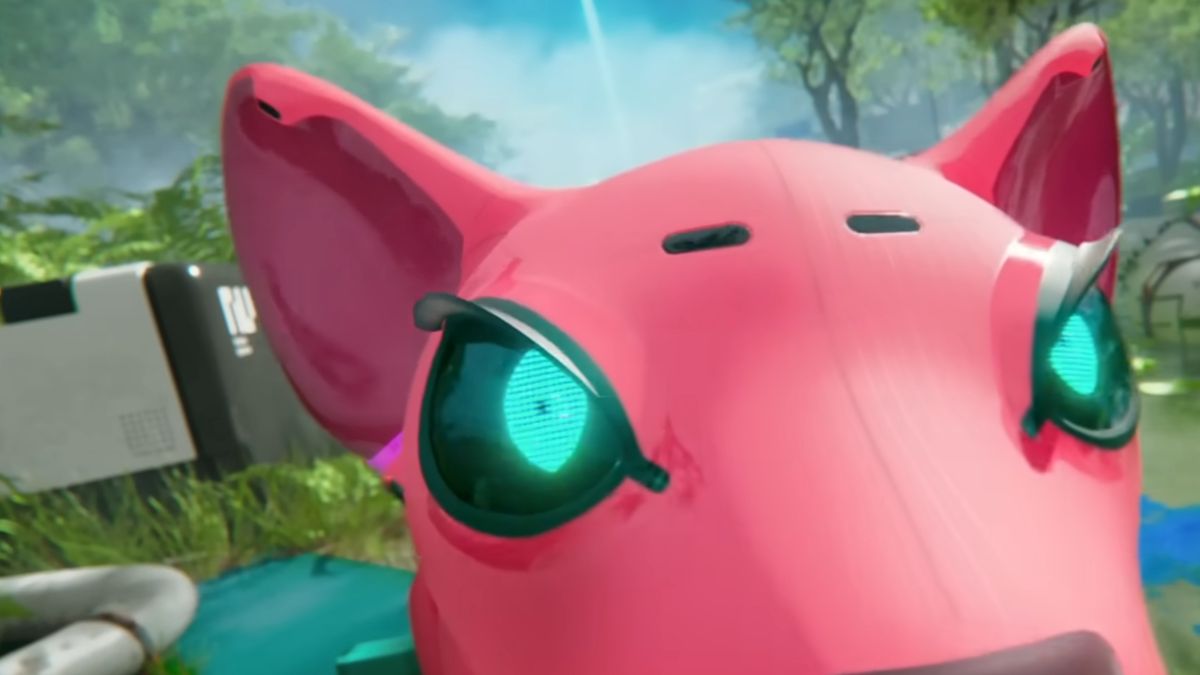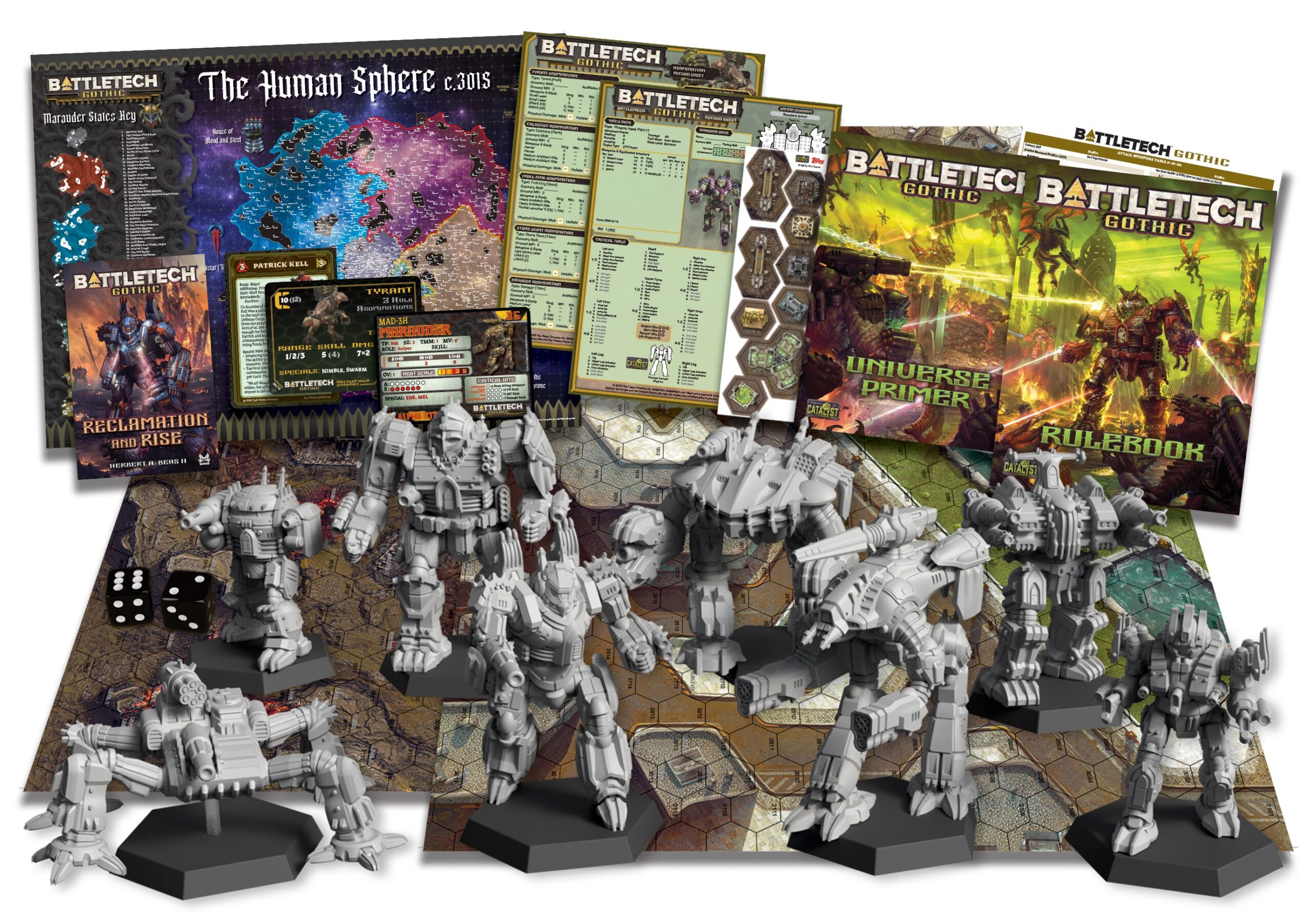Rtings is four months and about 2,000 hours into its OLED PC monitor burn-in testing and the results so far do not look good for monitors with Samsung’s QD-OLED panels.
Admittedly, Rtings only has three monitors on test, two with Samsung QD-OLED tech and one with LG WOLED tech. But both of the Samsung-equipped monitors are showing signs of burn-in, while the LG model appears to have avoided any image retention.
Rtings conducts its tests running the CNN news channel 24/7. That’s a worst case scenario for OLED burn-in because it involves a bright white bar across the bottom of the display, including the ‘CNN’ logo. It’s basically purpose-built for burn-in, which is no doubt why Rtings tests this way.
For the record, the models in the test are the Alienware 34 AW3423DWF, the LG Ultragear 27GR95QE-B and the Samsung Odyssey OLED G8 G85SB. While we haven’t reviewed the Samsung model, we have had a look at its larger sibling, the Samsung Odyssey OLED G9 G93SC.
One possible conclusion to draw is that Samsung panels are paying for their superior full-screen brightness. LG panels are dimmer for full screen and larger percentage screen coverage brightness. Is that why the Rtings testing seems to indicate LG panels are less prone to burn-in?
Look carefully and you can see the CNN ticker bar and logo burned into the bottom of this image of the Alienware 34 AW3423DWF. (Image credit: Rtings)
It certainly looks like that might be the case. But it’s probably still too early to say given the short period that OLED monitors have been available. The small sample size is a bit of a problem, too.
So, what does this all mean for OLED panels in PC monitors? Should you automatically rule anything with a Samsung QD-OLED panel out? Anecdotal online feedback from owners of monitors with Samsung panels suggest not. Many report no signs of burn in after a year or more of daily use.
That said, there are probably steps you can take to reduce the chances of burn in occurring. Running Windows in dark mode should lower the chances of the Task Bar burning into an OLED panel. Indeed, it might be wise to set the Task Bar to auto hide.
(Image credit: Future)
Best gaming monitor: Pixel-perfect panels for your PC
Best high refresh rate monitor: Screaming quick screens
Best 4K monitor for gaming: When only high-res will do
Best 4K TV for gaming: Big-screen 4K PC gaming
Using a dark desktop wallpaper is probably a good idea, too, as is hiding your desktop icons. Of course, at a certain point having to take all these mitigating measures will rather take the shine off the supposed upsides of having an OLED monitor in the first place.
Overall, the jury probably remains out on the broader subject of burn-in on OLED monitors, but there are rumblings coming from the deliberation room and a verdict feels fairly imminent. Our advice, ultimately, for anyone considering an OLED monitor is to pay close attention to the warranty.
Some models come with a three-year replacement warranty for burn-in. That provides pretty good peace of mind provided you are happy to run the risk once the warranty period expires. On the other hand, if you are looking to buy something for the really long haul, if you want a screen that can last five years or more, OLED probably isn’t your best bet.











